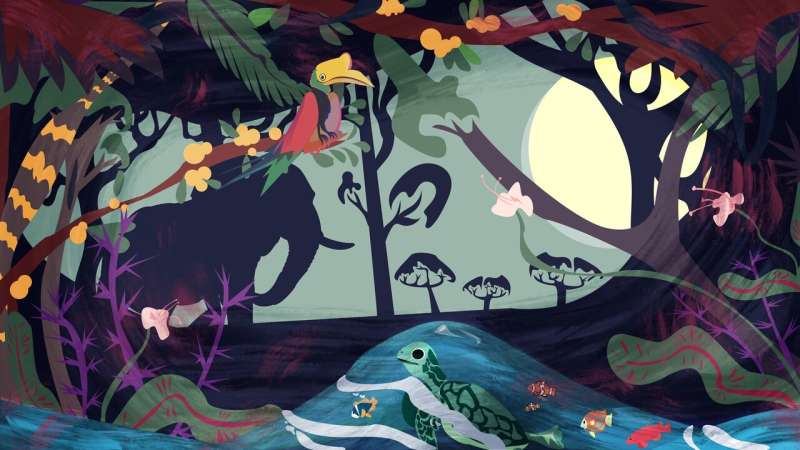New guideline for pioneering conservation lawsuits to protect wildlife

A pioneering initiative demonstrates how environmental law could help protect threatened species—including from illegal wildlife trade.
An international team of scientists, lawyers and economists are proposing the novel use of environmental liability lawsuits to tackle illegal wildlife trade. These lawsuits could hold wildlife traders responsible for the harm they cause—not only to individual plants and animals, but also for the cascading impacts on species survival, human wellbeing, and ecosystems.
They are launching a guide pioneering civil lawsuits for harm to threatened species, and website www.conservation-litigation.org, which explain how innovative, science-based litigation could offer new hope for threatened species. The guide is accompanied by a short animated film, Pongo the Stolen Orangutan: How Law Can Heal, which describes the story of an illegally captured orangutan, and how a conservation lawsuit could help remedy the harm caused by illegal traders.
"Across the world, we use fines and prison sentences to punish wildlife crimes, but they do little to restore biodiversity," explains Dr. Jacob Phelps, lead author based at the Lancaster Environment Centre. "It is time to stop focusing only on punishment, and start doing more to heal the harm caused by wildlife crime. This is a significant opportunity for conservation."
The new guide explains how to develop lawsuits in wildlife cases, aimed at ordering responsible parties to undertake actions like species conservation, public apologies, animal rehabilitation, and environmental education. "From a conservation science perspective, these types of actions are necessary responses to illegal wildlife trade, but they are rarely undertaken," adds Dr. Taufiq Purna Nugaha of the Research Centre for Biology, Indonesian Institute of Sciences.
The team of conservation scientists, lawyers, economists and artists from the UK, Indonesia, U.S., Brazil, Israel, Spain and India is preparing to work with conservationists to ensure the guide leads to conservation actions on the ground.
Many countries around the world allow these lawsuits. However, they are not yet widely used in most countries, nor to tackle key challenges like illegal wildlife trade.
Practitioners are often unfamiliar with how to use this legislation. "Indonesia has started using civil lawsuits against agricultural companies that illegally clear forest by starting fires. However, this is still a new approach, and it has not yet been widely used to protect threatened species," explains Roni Saputra, a lawyer with the Indonesian NGO, AURIGA Nusantara. "Lawyers, scientists, conservationists and judges have not yet seen cases like these."
Dr. Carol Adaire Jones, visiting scholar at the Environmental Law Institute, adds, "Environmental liability laws are already important for addressing large-scale pollution in many countries, with courts ordering responsible parties to clean up the contamination, restore injured resources and compensate for losses. This guideline explains how we can apply similar methods to remedy harm from illegal wildlife trade."
"It is time to pioneer new conservation strategies," argues Dr. Phelps. "Our network is ready to collaborate with others to build lawsuits against high-level wildlife criminals."
More information: Visit www.conservation-litigation.org for more information.
Provided by Lancaster University




















